Looking to tackle a mouse problem in a cost-effective and efficient way? Our list of 15 DIY mouse traps can be your go-to solution, a homemade rat trap that is not just easy to make but also incredibly effective. By opting for a homemade rat trap, you gain the flexibility to use materials readily available in your home, ensuring you can act quickly without the need for a store run. Plus, with the right approach and materials, these DIY mouse traps can be just as capable as their commercial counterparts.
What makes homemade mouse traps a wise choice goes beyond cost-saving; it’s about understanding and controlling what goes into solving your mouse problem. This section will guide you through the essentials of designing a homemade mouse trap, from selecting the best materials to assembling a trap that really works. Get ready to transform simple household items into a powerful defense against those pesky rodents. Ready to learn how? Keep reading as we dive into the essentials of making an effective homemade mouse trap at home.

Why Choose Homemade Mouse Traps?
Discover the benefits of homemade mouse traps and take control of your rodent problem. Effective, affordable, and eco-friendly solutions for pest control at home.
- Eco-Friendly: Homemade traps often utilize materials you already have, reducing waste and promoting recycling. By using items such as old plastic bottles or cardboard, you’re giving a second life to things that might otherwise end up in a landfill.
- Humane: Many people are uncomfortable with traditional mouse traps that can harm or kill rodents. Homemade options can provide a no-kill solution, ensuring that the captured mice can be released back into the wild away from your home.
- Cost-Effective: Store-bought traps can add up in cost, especially if you’re dealing with a persistent rodent problem. By constructing traps at home, you can save money while still effectively addressing the issue.
- Customizable: You have the flexibility to adjust the size, entry point, and bait type based on your specific situation. Commercial traps don’t always offer this level of customization.
- Safe for Pets and Children: Some commercial traps and poisons pose risks to pets and children if they’re accidentally ingested or triggered. Homemade traps can be designed to be safer for everyone in your household.
- Educational: Building your own trap can be a learning experience for the whole family. It can teach kids about problem-solving, mechanics, and even empathy for living creatures.
Remember, dealing with a mouse infestation quickly is important to prevent disease and damage to your home. Homemade mouse traps offer a personalized, humane, and affordable way to keep your living space safe and comfortable.
How to Make a Homemade Mouse Trap
Dealing with mice can be frustrating, but with a bit of creativity and some household items, you can make a humane mouse trap that’s both effective and kind. Below is a guide to making a simple, no-kill mouse trap using a plastic bottle. This method is safe for the mice, easy on your wallet, and can be a fun DIY project to tackle at home.
Gathering Your Materials
Before you start, you’ll need to gather a few items:
- A plastic soda bottle (2-liter bottles work great)
- Scissors or a box cutter
- Tape (duct tape or strong packing tape)
- A small piece of cardboard
- Bait (peanut butter is highly effective)
Making Your Mouse Trap
Step 1: Prepare the Bottle
First, clean your plastic bottle and remove any labels. This makes it easier for you to work with and more inviting for the mouse. Cut the top off the bottle, about one-third of the way down, using scissors or a box cutter. Be careful to cut straight around the bottle.
Step 2: Make the Entrance
Take the top part of the bottle you just cut off and invert it, placing it back into the bottom part to make a funnel-like entrance. This should look a bit like a minnow trap, with the spout facing downwards.
Step 3: Secure the Pieces
Use your tape to secure the two pieces of the bottle together. Make sure it’s well-sealed so that there are no gaps for the mouse to escape through.
Step 4: Add the Ramp
Take your small piece of cardboard and place it at an angle leading up to the opening of your trap. This acts as a ramp for the mouse to walk up and into the trap.
Step 5: Bait and Set Your Trap
Add a dab of peanut butter at the bottom of the trap and a little bit on the ramp to lure the mouse in. Place your trap along a wall or near areas where you’ve noticed mouse activity. Mice tend to run along edges, so positioning your trap here increases your chances of catching one.
Step 6: Check and Release
Check your trap regularly. Once you’ve caught a mouse, release it at least a mile away from your home to prevent it from finding its way back. To release, simply take the tape off, separate the bottle parts, and allow the mouse to run out.
Making a homemade mouse trap is a cost-effective and humane solution to deal with unwanted guests. By using items you likely already have at home, you can manage pest problems without causing harm.
Frequently Asked Questions About Homemade Mouse Traps
Discover how to make homemade mouse traps effectively with our FAQs.
What materials do I need for a homemade mouse trap?
The materials for a homemade mouse trap can vary based on the type of trap you’re making. Common items include:
- Plastic bottles (e.g., 2-liter soda bottles)
- Cardboard pieces
- Scissors or box cutters
- Duct tape or strong packing tape
- A small ramp (made from cardboard or wood)
- Bait (peanut butter is highly effective)
How can I make a humane mouse trap?
Making a humane mouse trap typically involves designing a trap that captures mice without injuring or killing them. A simple and popular design is the bottle trap:
- Prepare the Bottle: Clean a 2-liter plastic bottle and cut the top off one-third of the way down.
- Make the Entrance: Invert the top part of the bottle and insert it back into the bottom part, making a funnel.
- Secure the Pieces: Tape the two pieces together to prevent escape.
- Add the Ramp: Place a small piece of cardboard leading up to the bottle’s entrance.
- Bait and Set Your Trap: Use peanut butter as bait, placing some inside the bottom of the trap and a little on the ramp.
Are homemade mouse traps effective?
Yes, homemade mouse traps can be highly effective if placed correctly and baited attractively. They offer a cost-effective and eco-friendly solution to rodent problems without harming the mice.
What is the best bait for mouse traps?
Peanut butter is widely regarded as the best bait for mouse traps because of its strong smell and sticky texture, which attracts mice and prevents them from taking the bait without triggering the trap.
How often should I check my homemade mouse trap?
It’s best to check your homemade mouse trap at least once a day. This ensures that any captured mice can be released in a timely manner, and it allows you to replenish the bait if necessary.
Where should I place my homemade mouse trap?
Place your homemade mouse trap along walls or near areas where you’ve noticed mouse activity. Mice tend to run along edges, so positioning your trap here increases your chances of catching one.
Can homemade mouse traps be used outdoors?
While homemade mouse traps can be used outdoors, they may not be as durable or effective as commercial traps designed for outdoor use. If using a homemade trap outdoors, place it in a sheltered area to protect it from the elements.
Is it necessary to use poison with homemade mouse traps?
No, it is not necessary or recommended to use poison with homemade mouse traps. The goal of these traps is often to capture mice humanely, allowing for their release. Poison can pose risks to pets, children, and wildlife.
How can I make my homemade mouse trap more effective?
To enhance the effectiveness of your homemade mouse trap, consider the following tips:
- Use attractive bait like peanut butter or chocolate.
- Ensure the trap is stable and secure to prevent escapes.
- Place the trap in a quiet, less-disturbed area where mice are active.
- Check and refresh bait regularly to maintain its allure.
What should I do if my homemade mouse trap isn’t working?
If your homemade mouse trap isn’t working, try the following adjustments:
- Change the trap’s location to a more mouse-active area.
- Experiment with different types of bait.
- Make sure the entrance to the trap is easily accessible and enticing.
- Check the trap mechanism to ensure it’s functioning correctly and can effectively contain the mouse.
Homemade mouse traps can be a humane, cost-effective, and eco-friendly way to deal with mice. By understanding the best practices and troubleshooting common issues, you can successfully manage rodent problems in your home.
15 Homemade Mouse Trap Ideas
Discover the top 15 most useful homemade mouse trap ideas. Learn how to easily and effectively get rid of pests with DIY solutions.
1. Simple ‘No-Kill’ DIY Mouse Trap
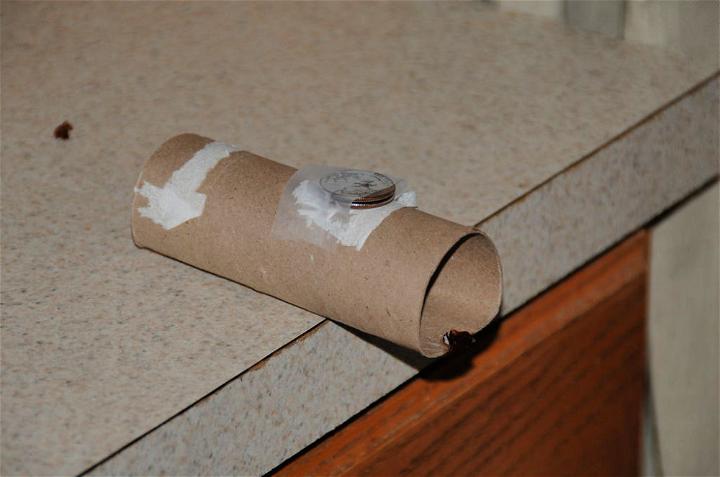
Need an effective, humane solution for your mouse problem? Instructables offers a straightforward guide to crafting a ‘No-Kill’ Mouse Trap that’s easy to assemble and safe for the little critters. Ideal for those seeking a-lethal method to manage pests, this DIY project is engaging and simple enough for anyone to follow.
With clear instructions and everyday materials, you’ll build a trap that can catch mice without harm, allowing for a kind release back into the wild. Perfect for homes, workshops, or anywhere you’d like to keep mouse-free ethically.
2. Homemade 5 Gallon Bucket Mouse Trap
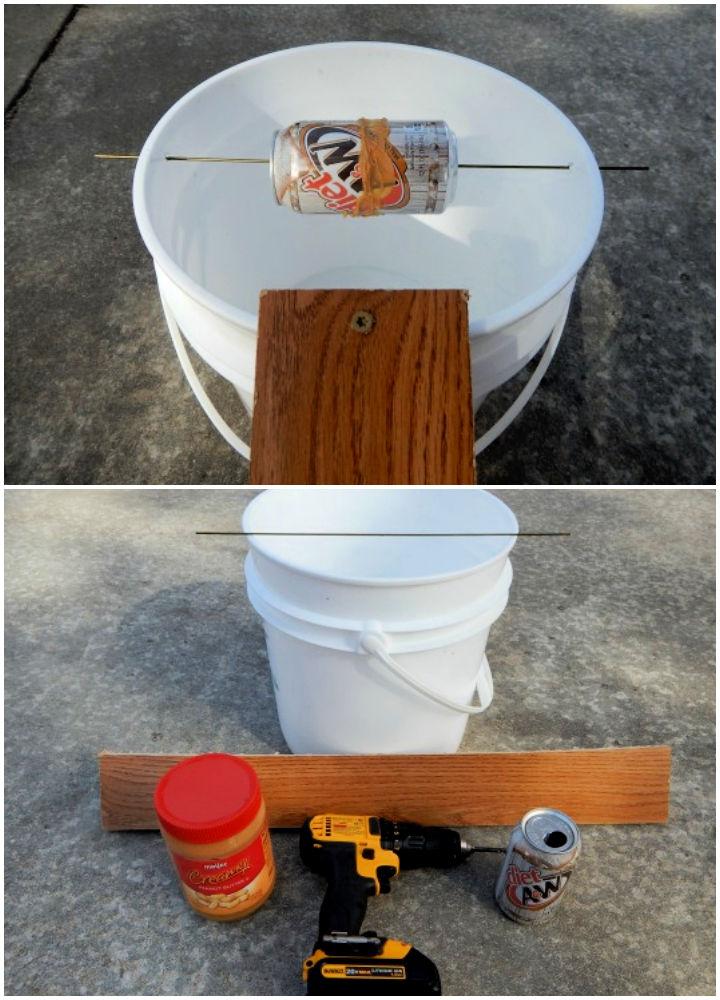
Tackling a mouse problem at home? Trap-Anything.com offers a humane and effective solution with their DIY bucket mouse trap guide. With simple household items like a 5-gallon bucket, a tin can, and peanut butter, you can make a trap that catches mice without harm. Ideal for those who prefer catch-and-release methods, this trap is also adaptable for those needing a more permanent solution.
Follow the easy step-by-step instructions and manage your mouse issue in a cost-effective and efficient way. The process is straightforward and the results are impressive, keeping your space rodent-free without frequent resetting, unlike traditional traps.
3. Making a Soda Bottle Mouse Trap
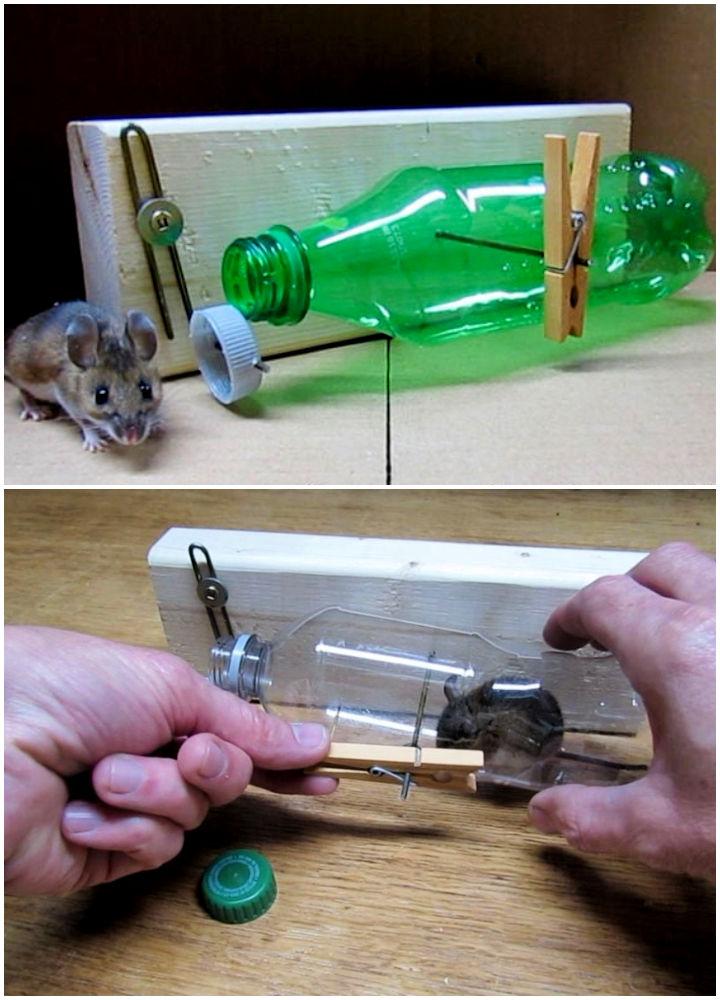
Making a humane mousetrap from a soda bottle is an ingenious and eco-friendly solution for those pesky rodent problems. Instructables offers a step-by-step guide that is simple to follow, requiring only a few household items such as a plastic bottle, a piece of wood, a metal coat hanger, and some basic tools. This DIY project is perfect for anyone interested in a non-lethal method to catch mice.
The device is straightforward to bait, operate, and ensures a stress-free release for the mouse. Place it along a wall, and once a mouse is caught, it can be easily released into a more appropriate environment. This method is not only kind to animals but also cost-effective and sustainable, reusing materials you likely have at home.
4. How to Make a Humane Mouse Trap
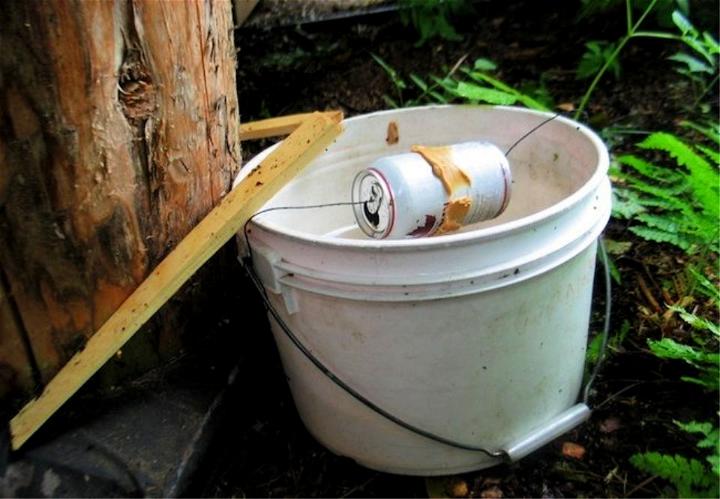
If you’re seeking a compassionate solution to a mouse problem, Bob Vila‘s guide on building a humane mousetrap is your answer. It outlines a straightforward DIY project using common household items. Learn to assemble a bucket trap with an empty can, wire, and peanut butter— a setup that captures mice without harm. For a peaceful pest control method that’s easy to follow and eco-friendly, turn to this instructive and helpful resource. Enjoy an engaging read that equips you with the know-how for a kinder approach to mouse trapping.
5. Best DIY Bucket Mouse Trap
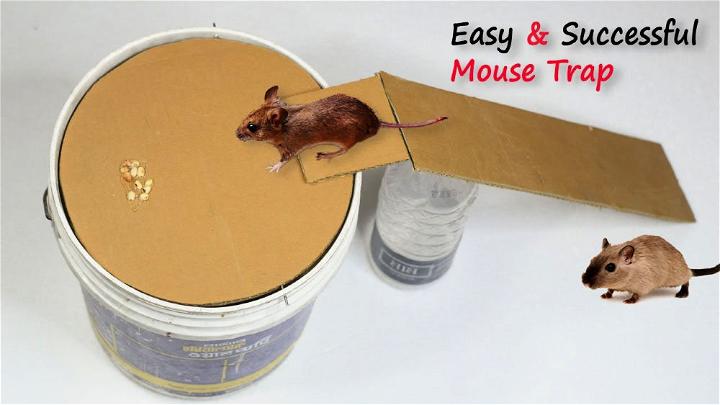
Looking to deal with pesky rodents in an effective yet humane way? YouTube offers an excellent solution with a DIY homemade mouse trap tutorial that demonstrates how to make a bucket mouse trap. This innovative approach is not only budget-friendly but also avoids harming the animals.
The video guides you step by step, ensuring that the process is clear and manageable, even for those new to DIY projects. With items you likely already have at home, you can build a mouse trap that effectively keeps your space rodent-free. Tune in to learn how to craft a mouse trap that’s simple, humane, and cost-efficient.
6. Best & Easy DIY Mouse Trap
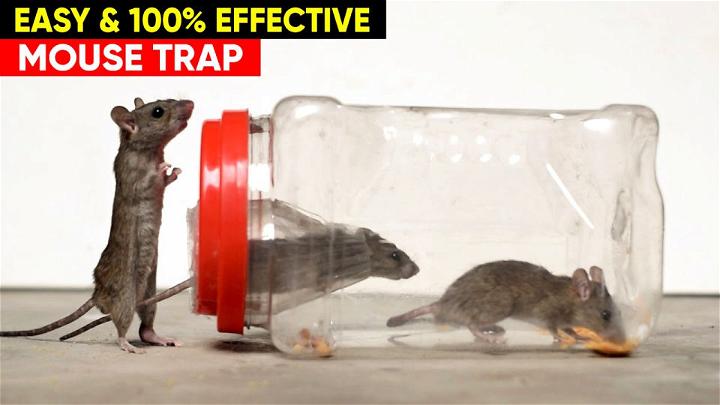
Struggling with unwanted rodents at home? YouTube offers an instructive video on crafting a humane mouse trap bucket that allows for the capture and release of mice without harm. Zaman Craft’s tutorial demonstrates a cost-effective DIY solution that’s simple to make, ensuring your living space remains rodent-free.
If you prefer ready-made options, the video also includes links to purchase effective mouse traps. Engage with this helpful and easy-to-understand guide to safeguard your home against pests in a kind manner. Remember, it’s essential to address a rodent issue promptly to prevent damage and the spread of diseases.
7. Catch Mice with A Pop Can and A Coat Hanger
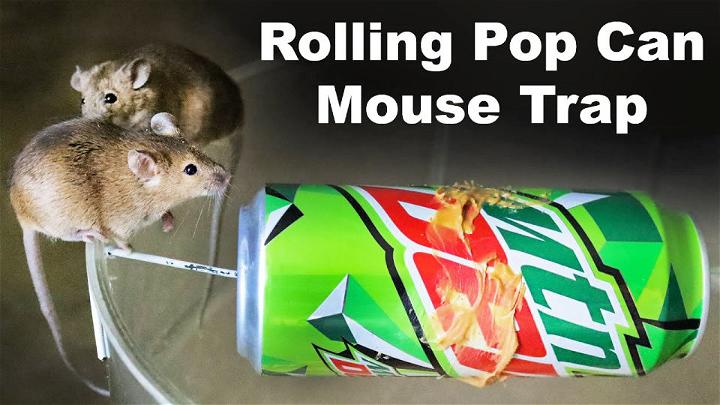
In need of an ingenious yet simple solution to a pesky mouse problem? Learn how to craft a DIY mousetrap using just a pop can and a coat hanger with the help of a YouTube tutorial. Ideal for those who prefer a homemade approach, this mousetrap design is not only cost-effective but also highly effective in catching mice.
The video offers step-by-step instructions, ensuring the process is straightforward and easily replicable at home. With this method, you’ll make a rolling trap that outsmarts mice and safely contains them for release or disposal, depending on your preference. Give it a try and see the results for yourself; it’s a practical fix that can help you maintain a rodent-free environment.
8. Effective Homemade Rat Trap
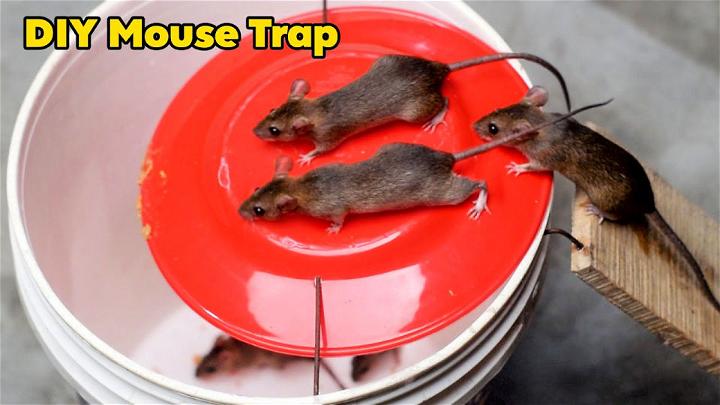
Facing a rodent dilemma? YouTube offers a practical and humane solution with their DIY Mouse/Rat Trap Bucket tutorial. This innovative method allows you to deal with unwanted guests effectively, without resorting to harmful poisons or dangerous traps. Using everyday household items, you can craft a simple and safe trap with a bucket, ensuring that mice and rats are caught without injury.
Ideal for those who prefer a kinder approach to pest control, this easy-to-follow guide provides all the steps you need to make a responsible trap at home. Join the growing number of individuals choosing humane alternatives and keep your living space rodent-free with this smart, budget-friendly strategy.
9. Make a Mouse Trap Using a Plastic Bottle
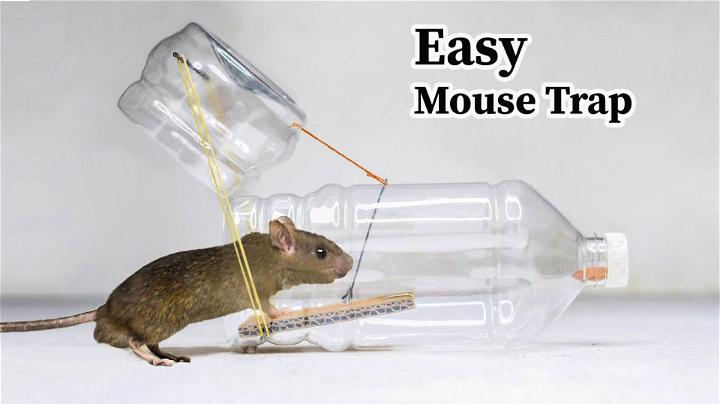
Need a cost-effective and simple way to deal with pesky rodents at home? YouTube’s Zaman Craft channel brings you an instructional video on making your own mouse/rat trap using a common plastic water bottle. This DIY approach is not only budget-friendly but also a practical solution to keep your house free from these disease-spreading pests.
The video is clear and concise, offering step-by-step guidance that ensures your homemade trap is easy to make and effective. Learn how to protect your home from mice and rats with this environmentally friendly method without the need for expensive market alternatives. Keep your living space safe and rodent-free with this ingenious water bottle trap design.
10. Non Lethal Mouse Trap From a Few Hardware Store Parts

Seeking an effective and humane way to deal with pesky mice? YouTube offers an instructive video guide on making a simple tube mousetrap that promises results. Easy to assemble using everyday items, this DIY project ensures a safe capture and release process for the little critters.
Chris Notap’s engaging tutorial is not just easy to follow but also includes valuable tips for fine-tuning the trap for optimal performance. With this eco-friendly solution, say goodbye to harsh traps and welcome a kinder approach to mouse control. It’s ideal for those who prefer a non-lethal method and want to ensure the safety of the animals. Get ready to tackle your rodent woes with a clear conscience!
11. Simple Coat Hanger Humane Mousetrap
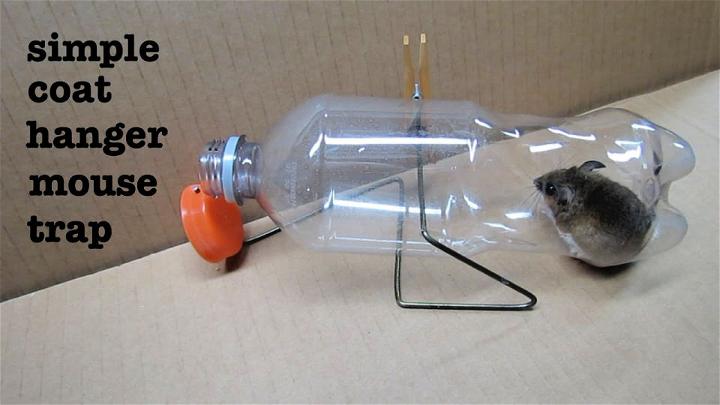
Learn to build a simple, humane mouse trap with common household items, as demonstrated by Chris Notap on YouTube. This eco-friendly, live-capture trap ensures that mice are caught without harm, allowing for a stress-free release. Using a coat hanger, a plastic bottle, and a few other supplies, you can make an effective trap that’s not only easy to assemble and bait with peanut butter but also easy to adjust for trapping success.
It’s a cost-effective solution that prioritizes the well-being of the captured mouse and is perfect for those who prefer a compassionate approach to pest control. Watch the video for a step-by-step guide to crafting this ingenious mousetrap and solve your rodent troubles with kindness.
12. How to Make a Rat Trap at Home

Discover how to make a humane live-catch rat trap with JJR Survival’s informative YouTube guide. Step by step, the video demonstrates crafting a DIY trap that’s effective yet safe for both the rat and the user. Perfect for those dealing with pesky rodents, this trap ensures a non-lethal method to capture and relocate uninvited guests.
With easy-to-follow instructions, you’ll learn to assemble a trap using simple materials and a smart trigger mechanism. It’s an ideal solution for those who prefer a catch-and-release approach, ensuring the welfare of wildlife while protecting your space. Whether dealing with a single rodent or a more persistent problem, this tutorial is a practical and ethical choice.
13. Build a Cable Tie Rat – Mouse Trap
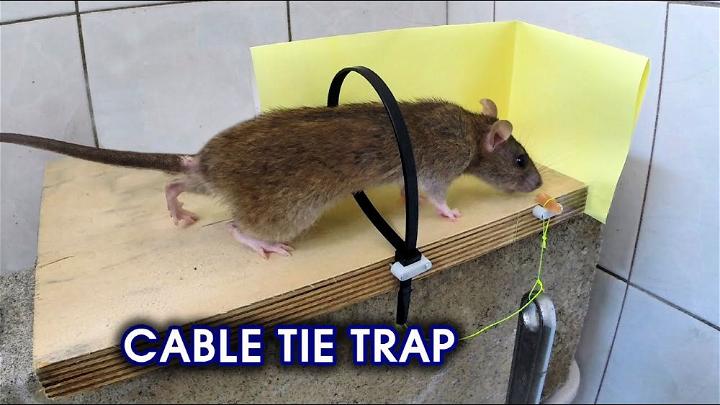
Looking for an innovative way to tackle rodent issues in your space? YouTube offers a video titled “Cable Tie Rat/Mouse Trap” that showcases a clever mousetrap design utilizing common toolbox materials. Ideal for those interested in DIY solutions, this video demonstrates a simple yet effective method to craft a rodent trap.
The step-by-step instructions are easy to follow, making it suitable for anyone seeking a practical and low-cost approach to pest control. With over 18 million views, the video’s popularity speaks to its usefulness and ingenuity in managing unwelcome guests. Visit YouTube and search for the “Cable Tie Rat/Mouse Trap” by Imaginative Guy to learn more about this resourceful technique.
13. Make a Simple Bottle Mouse Trap
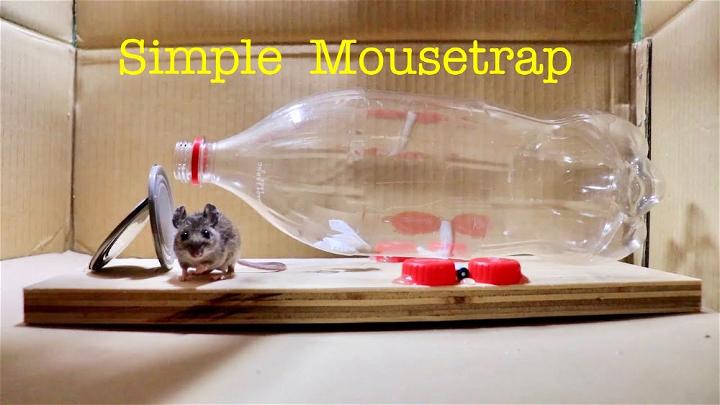
Discover how to make a humane bottle mousetrap with materials you likely have at home! On YouTube, Chris Notap’s tutorial guides you through an easy, step-by-step process using a 2L soda bottle and other common household items. This DIY solution is not only eco-friendly, as it repurposes recyclables, but it’s also a kinder way to deal with mice since it’s designed for capture and release.
No need for complex mechanisms—this trap is straightforward to assemble, bait, and use. If you’re dealing with unwanted guests and want a simple, effective, and humane method, Chris Notap’s video is a resource worth checking out. Plus, it’s a project that can bring satisfaction in both crafting and resolving your mouse problem without harm.
14. How to Make a Bottle Mouse Trap
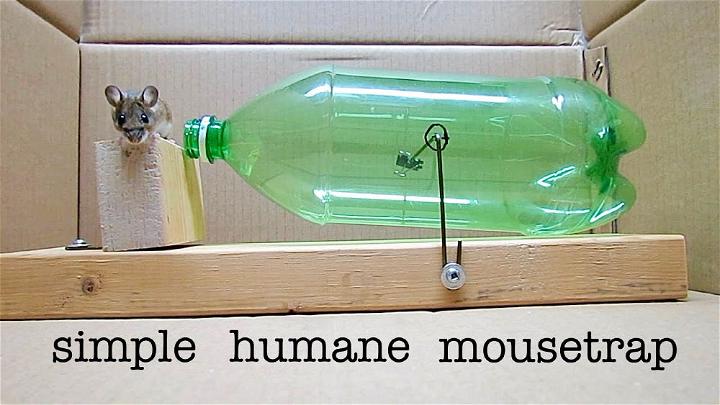
Learn to make a humane and effective catch and release mousetrap with just a few household items, as demonstrated on the YouTube channel Chris Notap. This easy-to-assemble trap requires a 2L bottle, a coat hanger, and common tools. It’s designed to be non-lethal, re-usable, and perfect for those who prefer a kind approach to dealing with pesky rodents. With clear instructions, this DIY solution ensures a stress-free capture and release, keeping both you and the mouse safe. Perfect for homes, the trap can be baited with a dab of peanut butter and set up in no time.
15. Easiest Homemade Mouse Trap
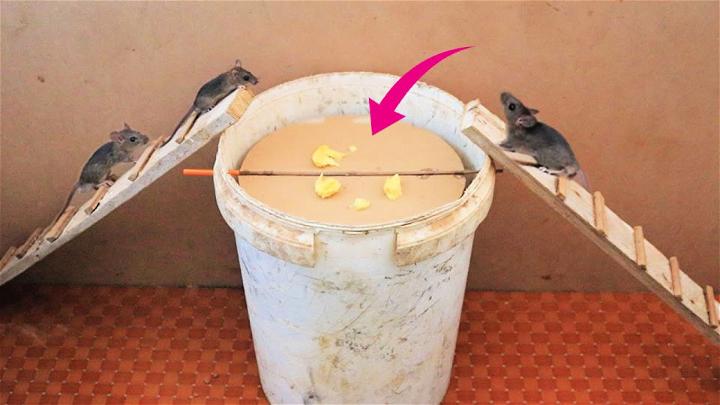
Struggling with pesky rodents in your space? YouTube offers a practical solution with the “Best Homemade Mouse Trap Use From Bucket & Cardboard” video. Learn how to make an efficient and cost-effective mouse trap using just a bucket and cardboard.
This DIY approach is simple to assemble, making it ideal for quick home pest control. The instructional video demonstrates the trap in action, providing viewers with clear, step-by-step guidance on setup and usage. With this resource, you can tackle rodent problems with confidence and ease, using everyday materials to achieve a mouse-free environment.
Conclusion:
In conclusion, our exploration into homemade mouse trap ideas has equipped us with valuable insights into making DIY rat traps that really work. From understanding the best materials to use, to mastering the assembly of effective traps, this guide aims to provide a comprehensive solution to your rodent issues.
By implementing these homemade mouse traps, you not only tackle the problem head-on but also do so in a manner that’s both cost-effective and sensitive to your home environment. Remember, the efficacy of your mouse trap can significantly improve with the right knowledge and a bit of patience. We hope these homemade rat traps inspire you to make a rodent-free space with confidence and ease.
